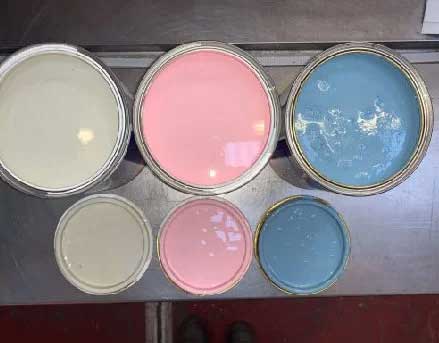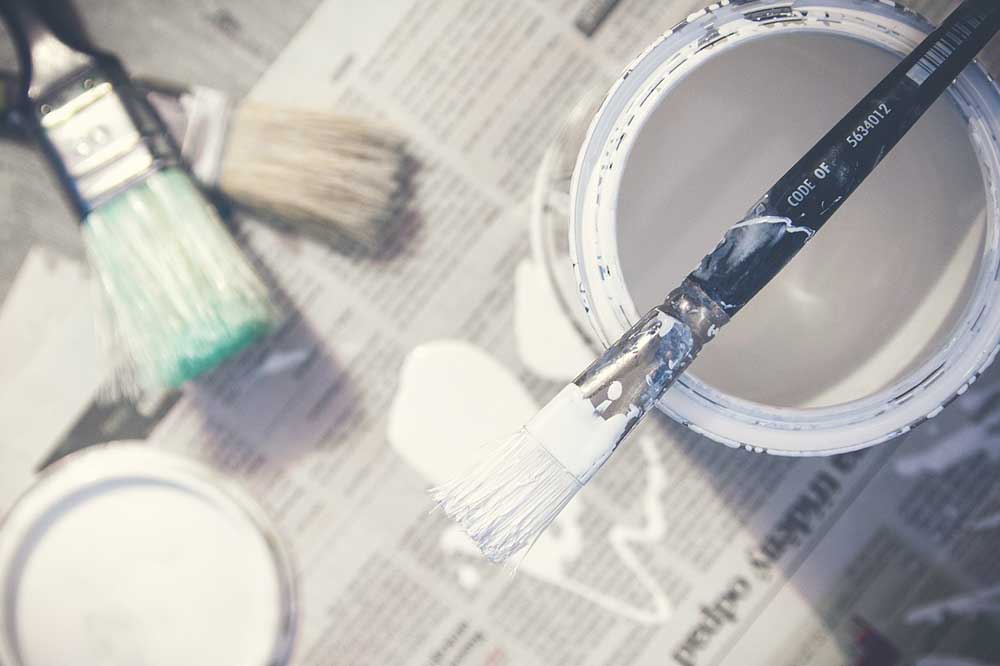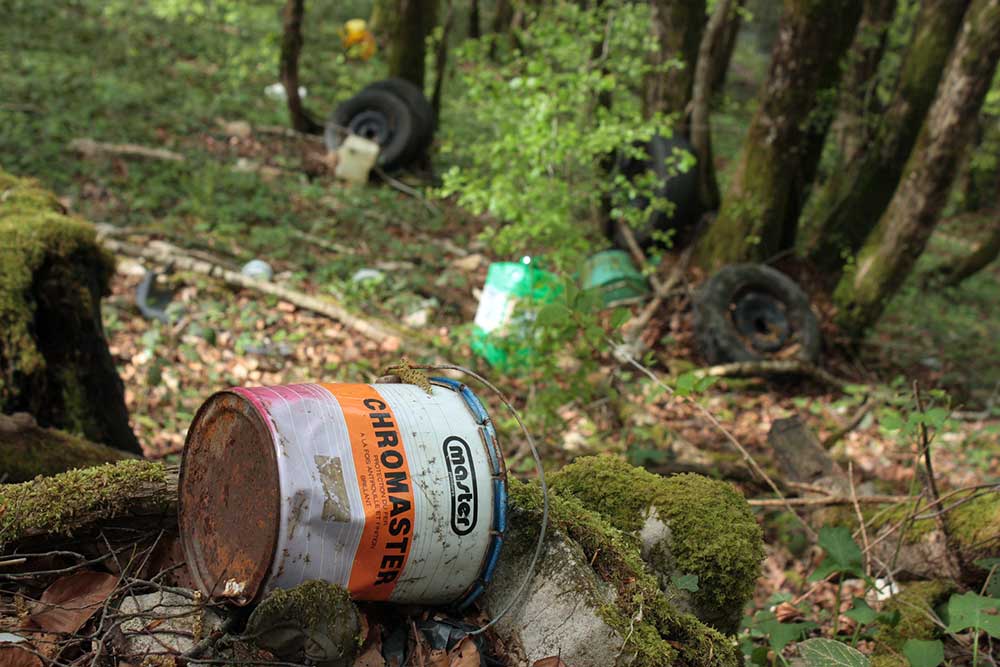All Blogs, Health and Safety, News
Paint Waste: Minimise Environmental Impact
We love paint, of course we do, we are paint manufacturers after all. Paint has the power to transform a drab building, structure, piece of machinery or item of furniture. Paint also offers essential protection; extending the lifetime of a building or product and reducing needless waste/landfill and non-essential manufacturing. Incorrect disposal of waste paint however, can have a serious environmental impact.
At Palatine Paints we take special steps to ensure our own waste management is both legislation compliant and environmentally responsible.
Myth: Waterborne Paint Waste Does not Damage the Environment
The impact of paint waste disposal on the environment is not just restricted to solvent based paints. Waterborne paints have grown in popularity over the last two decades, partly due to legislation which now limits the levels of VOCs (Volatile Organic Compounds) in paints for the decorative market, but also because of users’ own concerns about air pollution from solvent (VOC) emissions.
Despite the low levels of solvents emitted by modern water borne paints, incorrect disposal or cleaning can still cause problems to the environment introducing contaminants into ground water, soil and the air.
We have some useful tips for all painters, decorators and DIY fans for cleaning painting equipment in a way that will ensure minimal impact on the environment, water courses and wildlife.

Cleaning and Storing Brushes Mid-Project
For paint jobs that roll over several days, the general advice is DO NOT CLEAN brushes and rollers at the end of each day. Contain the paint to prevent it hardening.
Just as paint cans and containers should be re-sealed if left overnight, doing the same with brushes and rollers instead of daily cleaning, will reduce water-usage and also the amount of contaminated water discharged into drains and sewers, affecting wildlife.
Instead of cleaning, just wrap brushes and rollers individually in airtight plastic bags, cling film or aluminium foil, this will prevent the paint drying and help reduce contaminated waste entering the water systems. It will also facilitate an immediate start to painting the next day.
Allow the bag, film or foil to dry completely, then dispose of it via your recommended household waste or recycling system. Note: aluminium foil is more easily recyclable than plastic bags and is usually included in road side collection services in the UK.
There are also specifically designed gel, brush holder systems available which effectively suspend the brush in a gel until next use, avoiding the need for wrapping or cleaning – Brushmate is one such system that we supply here at Palatine Paints.

Finished your Painting or Decorating Project?
Cleaning up and disposal of paint after your project is complete, will depend on the type of paint you’ve used.
Cleaning up After Using Water Based Paint
If you’ve been using water based paint, brushes and rollers can be cleaned with water. Before cleaning at the end of your project, try and get as much of the paint from the brush or roller back into its original container before cleaning.
- Do not flush the water used for cleaning brushes and rollers down the sink
- Use a container filled with warm water and leave the brush or roller soaking for a couple of hours You might need to do this more than once for bigger rollers
- Dry it on layers of kitchen paper or an old cloth
- Put a lid on the container of water used for soaking the brush/roller – or transfer it to another container and dispose of it according to your local council’s instructions. If you have space, leave it until the water has evaporated and discard the container with the dried paint as per your local authority’s instructions
- You might choose to discard brushes and rollers completely, but of course check the potential impact on landfill etc. Your local council’s waste policy should offer advice on disposal of this kind of item
Cleaning and Disposing of Solvent Based Paint
If you’ve used solvent based paint, put a small amount of appropriate solvent/cleaner into a container; check the information on the paint tin to see what is recommended. Gently move the brush around the paint container to remove excess paint.
Leave the brush soaking in the cleaner for a couple of hours, remove, then wipe dry with a clean cloth. Once dry, the brush can be stored until next needed. Do not tip the remaining cleaner down the drain.
Leave the container (with a lid on) for 24 hours or so until the paint has sunk to the bottom. Carefully pour the remaining solvent into a container to re-use. Once the paint is fully dry and solid, it can disposed of according to your local authority’s advice/regulations.
What to do With Leftover Paint
If you have any paint cans that remain unopened, try returning them to the shop you purchased from – many will offer a refund or credit note. Opened cans can be stored for touching up, or for new painting jobs and should be stored with lids tightly secured in a stable environment, free from extreme temperature changes.
Take a look at the Paint Care website this is an initiative created by the British Coatings Federation to create a circular economy for leftover decorative paint in the UK.
If you have small amounts of paint that you know you won’t need again, there are some fantastic ideas for using it up.
A simple internet search will offer you a plethora of suggestions including: painting chair legs; painting the insides of chests of drawers; creating an artistic wall panel; reviving knobs on furniture; refreshing garden containers and more, so just get inventive!
Contacting us is easy!
Email: [email protected]
Call Us: 01942 884 122
Contact form: https://www.palatinepaints.co.uk/contact-us
As always, we welcome comments below. We also have our online chat manned each weekday during working hours or call/email.

